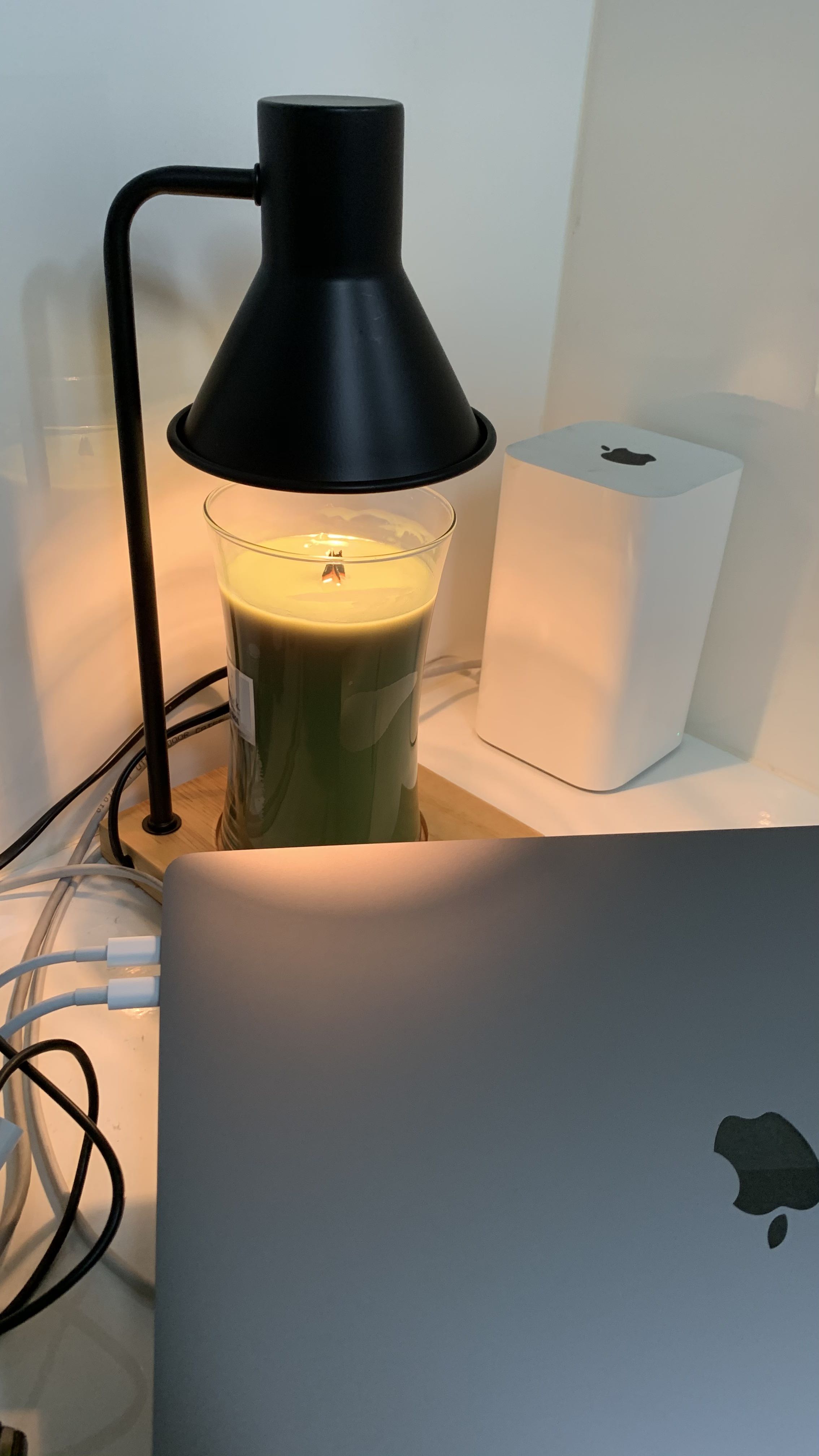Deep Learning study
Convolutional Neural Network(CNN)으로 MNIST 99%이상 해보기 본문
저번에 CNN 을 tensorflow으로 기본적인 개념들을 맛보았고 이번에는 그것들을 활용하여 MNIST를 학습시켜 보자!
(https://www.youtube.com/watch?v=pQ9Y9ZagZBk&t=18s)
1 2 3 | X = tf.placeholder(tf.float32, [None, 784]) X_img = tf.reshape(X, [-1, 28, 28, 1]) Y = tf.placeholder(tf.float32, [None,10]) | cs |
먼저 MNIST data set은 28*28이미지 이기 때문에 X를 784(28*28)로 잡아와 준다.
그리고 이미지를 받아올 X_img 와 Label을 받아올 Y이다.
1 2 3 4 5 | W1 = tf.Variable(tf.random_normal([3,3,1,32], stddev=0.01)) L1 = tf.nn.conv2d(X_img, W1, strides=[1,1,1,1],padding='SAME') L1 = tf.nn.relu(L1) L1 = tf.nn.max_pool(L1, ksize=[1,2,2,1], strides=[1,2,2,1], padding='SAME') L1 = tf.nn.dropout(L1, keep_prob=keep_prob) | cs |
W1은 weight로 사용할 필터를 정해준다. [3,3,1,32] 는 3*3*1 필터 32개를 쓰겠다는 뜻이다. 그렇다면 결과로는 28*28*32의 channel이 나오게 되겠다.
conv2d layer를 만든다. 차례대로 이미지, 필터, stride, padding 이다. strides = [batch_size, image_rows, image_cols, number_of_colors] 이라 [0],[3] 인덱스에는 1이들어가고 , [1],[2]는 1이 들어간다. 어쨋든 [1]또는 [2] 를 보면 몇칸씩 이동할 것인지 알 수 있다. 여기서는 1칸씩 간다는 뜻이다.
참고로 padding='SAME' 일때는 (이미지 크기 - 필터크기)/stride 이고
padding = 'VALID' 일때 (이미지크기 - 필터크기)/stride + 1이라고 한다.
여기서는 max_pool을 거치면서 14*14*32가 된다.
1 2 3 4 5 | W2 = tf.Variable(tf.random_normal([3,3,32,64], stddev=0.01)) L2 = tf.nn.conv2d(L1, W2, strides=[1,1,1,1],padding='SAME') L2 = tf.nn.relu(L2) L2 = tf.nn.max_pool(L2, ksize=[1,2,2,1], strides=[1,2,2,1], padding='SAME') L2 = tf.nn.dropout(L2, keep_prob=keep_prob) | cs |
2번째 layer를 보면 다른건 바뀌지 않았고 , 위에서 14*14*32이가 되었으므로, 필터사이즈를 3*3*32로 설정해주었다.
conv를 거치고나면 14*14*64 크기의 channel이 나오게 되겠다.
위와 같은 방법으로 여기서 결과는 7*7*64가 된다.
1 2 3 4 5 6 7 8 9 10 11 12 13 14 15 | W3 = tf.Variable(tf.random_normal([3,3,64,128], stddev=0.01)) L3 = tf.nn.conv2d(L2, W3, strides=[1,1,1,1],padding='SAME') L3 = tf.nn.relu(L3) L3 = tf.nn.max_pool(L3, ksize=[1,2,2,1], strides=[1,2,2,1], padding='SAME') L3 = tf.nn.dropout(L3, keep_prob=keep_prob) L3_flat = tf.reshape(L3, [-1, 128*4*4]) W4 = tf.get_variable("W4", shape=[128*4*4, 625], initializer = tf.contrib.layers.xavier_initializer()) b4 = tf.Variable(tf.random_normal([625])) L4 = tf.nn.relu(tf.matmul(L3_flat, W4) + b4) L4 = tf.nn.dropout(L4, keep_prob=keep_prob) W5 = tf.get_variable("W5", shape = [625,10], initializer = tf.contrib.layers.xavier_initializer()) b5 = tf.Variable(tf.random_normal([10])) logits = tf.matmul(L4,W5) + b5 | cs |
이제 마지막으로 FC(fully connected layer)를 거친다.
FC layer를 만들기 위해서 이미지 형태의 데이터를 1차원 배열형태로 펴준다. (L3_flat)
그뒤 w4에서 [input, output] 형태를 만들어 주고, 1차원 배열 형태로 펴준 L3_flat을 input으로 받아오고 output을 625로 정해준다. 그리고 relu함수를 통과시키고 dropout도 설정해준다.
마찬가지로 w5에서도 625개의 input을 받아 결과갑인 0-9중 하나의 출력을내기 때문에 output은 10이 된다.
전체코드는 아래에 있다.
1 2 3 4 5 6 7 8 9 10 11 12 13 14 15 16 17 18 19 20 21 22 23 24 25 26 27 28 29 30 31 32 33 34 35 36 37 38 39 40 41 42 43 44 45 46 47 48 49 50 51 52 53 54 55 56 57 58 59 60 61 62 63 64 65 66 67 68 69 70 71 72 73 74 75 76 | import tensorflow as tf import random from tensorflow.examples.tutorials.mnist import input_data tf.set_random_seed(777) mnist = input_data.read_data_sets("MINST_data/",one_hot=True) learning_rate = 0.001 training_epochs = 15 batch_size = 100 keep_prob = tf.placeholder(tf.float32) X = tf.placeholder(tf.float32, [None, 784]) X_img = tf.reshape(X, [-1, 28, 28, 1]) Y = tf.placeholder(tf.float32, [None,10]) W1 = tf.Variable(tf.random_normal([3,3,1,32], stddev=0.01)) L1 = tf.nn.conv2d(X_img, W1, strides=[1,1,1,1],padding='SAME') L1 = tf.nn.relu(L1) L1 = tf.nn.max_pool(L1, ksize=[1,2,2,1], strides=[1,2,2,1], padding='SAME') L1 = tf.nn.dropout(L1, keep_prob=keep_prob) W2 = tf.Variable(tf.random_normal([3,3,32,64], stddev=0.01)) L2 = tf.nn.conv2d(L1, W2, strides=[1,1,1,1],padding='SAME') L2 = tf.nn.relu(L2) L2 = tf.nn.max_pool(L2, ksize=[1,2,2,1], strides=[1,2,2,1], padding='SAME') L2 = tf.nn.dropout(L2, keep_prob=keep_prob) W3 = tf.Variable(tf.random_normal([3,3,64,128], stddev=0.01)) L3 = tf.nn.conv2d(L2, W3, strides=[1,1,1,1],padding='SAME') L3 = tf.nn.relu(L3) L3 = tf.nn.max_pool(L3, ksize=[1,2,2,1], strides=[1,2,2,1], padding='SAME') L3 = tf.nn.dropout(L3, keep_prob=keep_prob) L3_flat = tf.reshape(L3, [-1, 128*4*4]) W4 = tf.get_variable("W4", shape=[128*4*4, 625], initializer = tf.contrib.layers.xavier_initializer()) b4 = tf.Variable(tf.random_normal([625])) L4 = tf.nn.relu(tf.matmul(L3_flat, W4) + b4) L4 = tf.nn.dropout(L4, keep_prob=keep_prob) W5 = tf.get_variable("W5", shape = [625,10], initializer = tf.contrib.layers.xavier_initializer()) b5 = tf.Variable(tf.random_normal([10])) logits = tf.matmul(L4,W5) + b5 cost = tf.reduce_mean(tf.nn.softmax_cross_entropy_with_logits(logits = logits, labels = Y)) optimizer = tf.train.AdamOptimizer(learning_rate=learning_rate).minimize(cost) sess = tf.Session() sess.run(tf.global_variables_initializer()) print("Learning started, It takes sometime.") for epoch in range(training_epochs): avg_cost = 0 total_batch = int(mnist.train.num_examples / batch_size) for i in range(total_batch): batch_xs, batch_ys = mnist.train.next_batch(batch_size) feed_dict = {X: batch_xs, Y: batch_ys, keep_prob: 0.7} c, _ = sess.run([cost, optimizer], feed_dict=feed_dict) avg_cost += c/total_batch print('Epoch;', '%04d' % (epoch +1), 'cost =', '{:.9f}'.format(avg_cost)) print('Learning Finished') correct_prediction = tf.equal(tf.argmax(logits,1), tf.argmax(Y,1)) accuracy = tf.reduce_mean(tf.cast(correct_prediction, tf.float32)) print('Accuracy:', sess.run(accuracy, feed_dict={X: mnist.test.images, Y: mnist.test.labels, keep_prob: 1})) r = random.randint(0, mnist.test.num_examples -1) print("Label: ", sess.run(tf.argmax(mnist.test.labels[r:r+1], 1))) print("Prediction: ", sess.run(tf.argmax(logits, 1), feed_dict={X: mnist.test.images[r:r+1],keep_prob: 1})) | cs |
간단하게 layers 패키지를 사용하여 코드를 간소화 시킨 것도 소개해 주셨지만, 좀더 공부하기 좋은 코드를 선택해서 짜보았다. 이미지 크기가 자꾸 변해서 이부분에서 크기를 정해주는게 헷갈린다. 잘 외워둬야겠다.
여튼 결과는 , 무려 99.38%의 정확도를 보여주고있다. 하지만 시간이.. 43분이나 걸렸다 . 노트북으로 실행시키다보니 너무오래걸렸다. 빨리 컴퓨터 사야지 ..
점점 코드도 복잡해지고 이해하는데 시간이 걸린다. 책을 사서 좀더 읽어보고 자세히 공부해보아야겠다. ㅠㅠ
'AI > Tensorflow' 카테고리의 다른 글
| Recurrent Neural Network(RNN)with time series data (0) | 2018.01.11 |
|---|---|
| Recurrent Neural Network(RNN)을 사용해보자 ! (0) | 2018.01.09 |
| Neural Network(NN)로 MNIST 학습하기(ReLU, xavier initialization, Drop out) for tensorflow (2) | 2018.01.04 |




